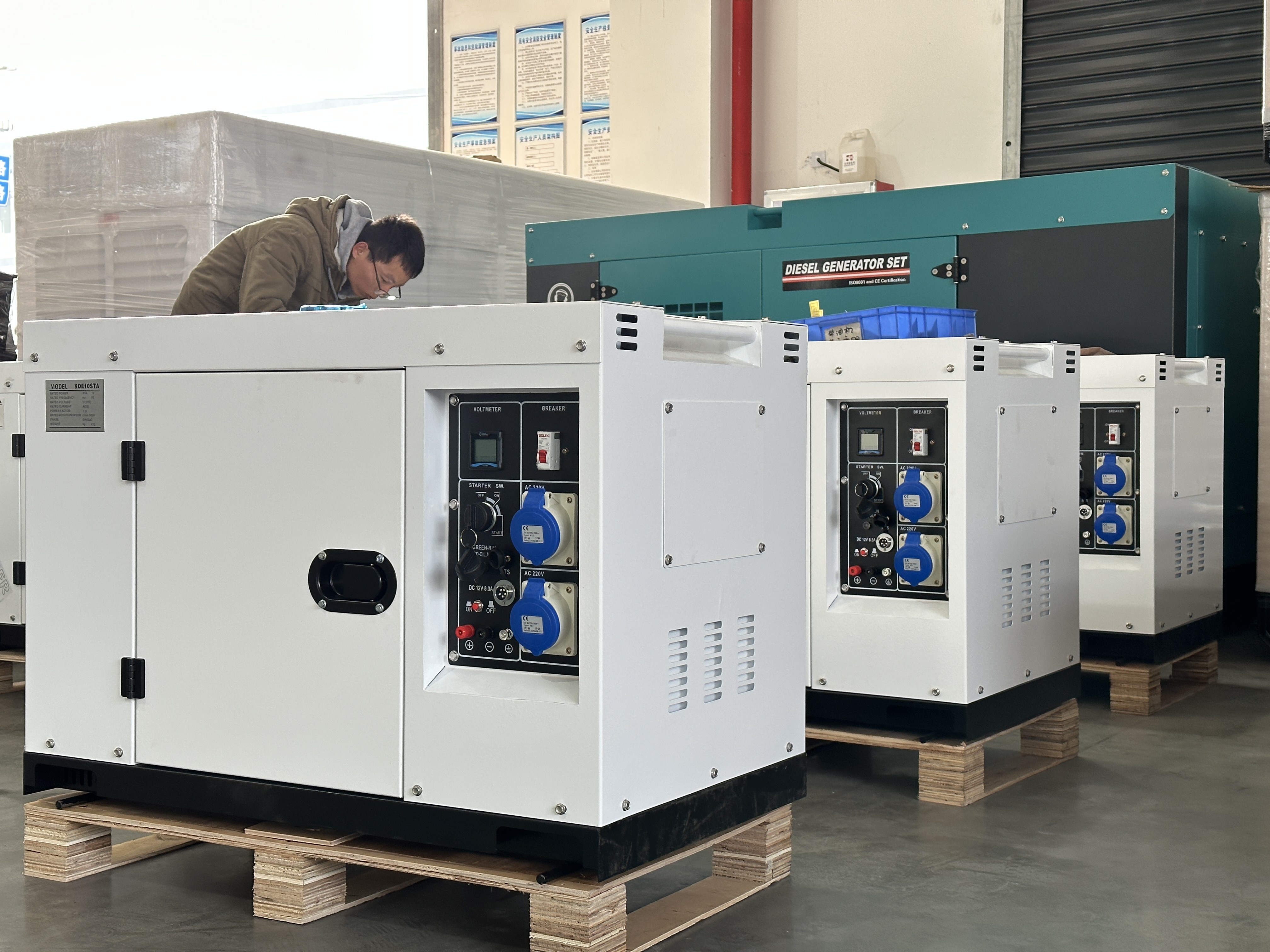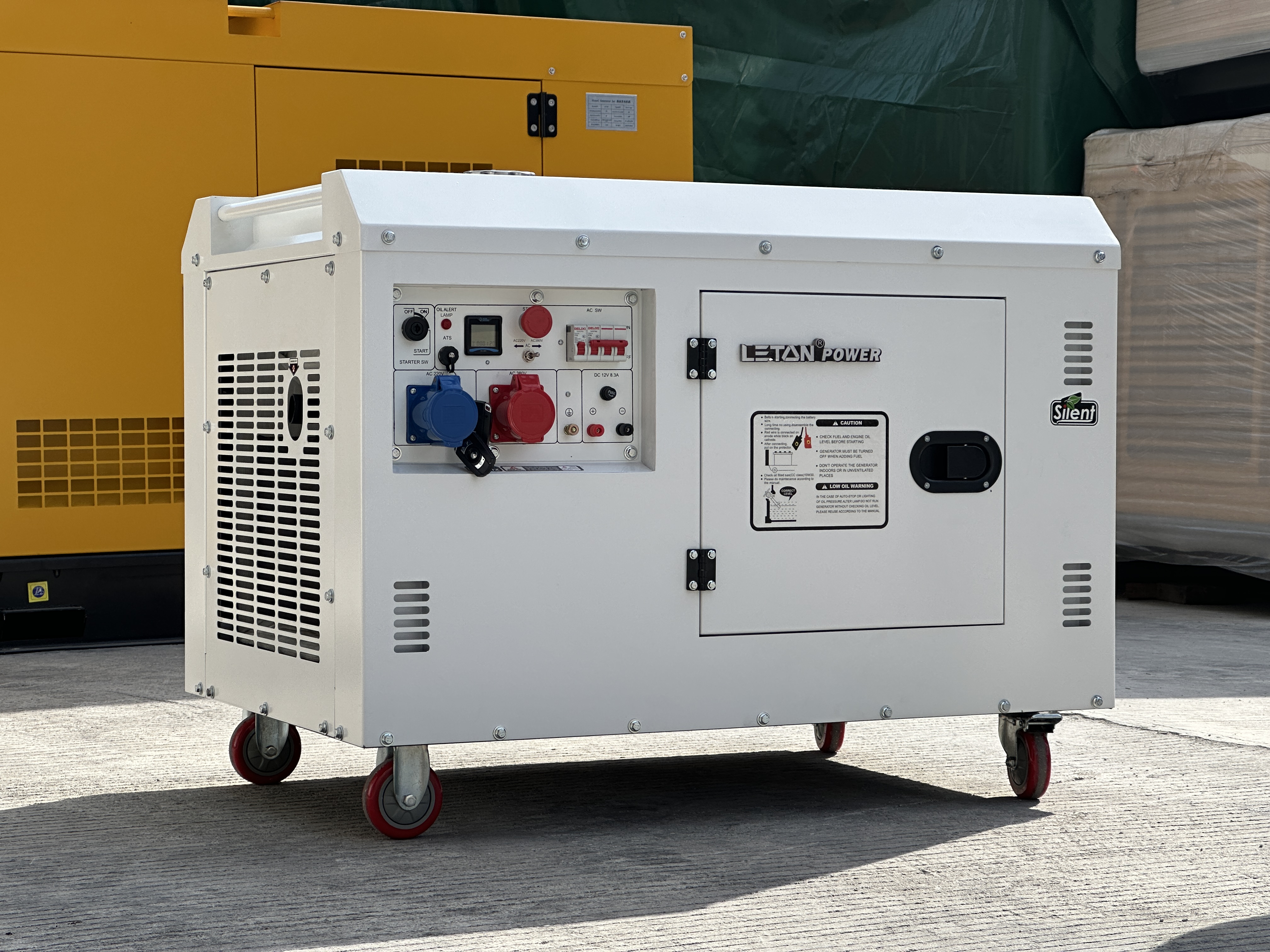How Does a Diesel Generator Work?
Diesel generators are reliable power sources that convert the chemical energy stored in diesel fuel into electrical energy. They are widely used in various applications, from providing backup power during emergencies to powering remote locations where grid electricity is unavailable. Understanding how a diesel generator works involves examining its basic components and the processes that occur within them to generate electricity.
Basic Components of a Diesel Generator
A diesel generator system typically consists of two main components: an engine (specifically, a diesel engine) and an alternator (or generator). These components work in tandem to produce electrical power.
- Diesel Engine: The diesel engine is the heart of the generator system. It is a combustion engine that burns diesel fuel to produce mechanical energy in the form of rotating motion. Diesel engines are known for their durability, fuel efficiency, and low maintenance requirements.
- Alternator: The alternator converts the mechanical energy produced by the diesel engine into electrical energy. It does this through a process called electromagnetic induction, where rotating magnetic fields create an electric current in a set of coils wound around an iron core.
Working Principle
The working principle of a diesel generator can be broken down into several steps:
- Fuel Injection and Combustion: The diesel engine operates on a compression-ignition principle. Air is drawn into the engine’s cylinders through the intake valves and compressed to a very high pressure. At the peak of compression, diesel fuel is injected into the cylinders under high pressure. The heat and pressure cause the fuel to ignite spontaneously, releasing energy in the form of expanding gases.
- Piston Movement: The expanding gases push the pistons downward, converting the combustion energy into mechanical energy. The pistons are connected to a crankshaft via connecting rods, and their downward motion rotates the crankshaft.
- Mechanical Energy Transfer: The rotating crankshaft is connected to the alternator’s rotor (also known as the armature). As the crankshaft rotates, it turns the rotor inside the alternator, creating a rotating magnetic field.
- Electromagnetic Induction: The rotating magnetic field interacts with the stationary stator coils wound around the alternator’s iron core. This interaction induces an alternating electric current (AC) in the coils, which is then supplied to the electrical load or stored in a battery for later use.
- Regulation and Control: The generator’s output voltage and frequency are regulated by a control system, which may include an automatic voltage regulator (AVR) and a governor. The AVR maintains the output voltage at a constant level, while the governor adjusts the fuel supply to the engine to maintain a constant speed and, thus, a constant output frequency.
- Cooling and Exhaust: The diesel engine generates a significant amount of heat during combustion. A cooling system, typically using water or air, is essential to maintain the engine’s operating temperature within safe limits. Additionally, the combustion process produces exhaust gases, which are expelled through the exhaust system.
Post time: Aug-01-2024








